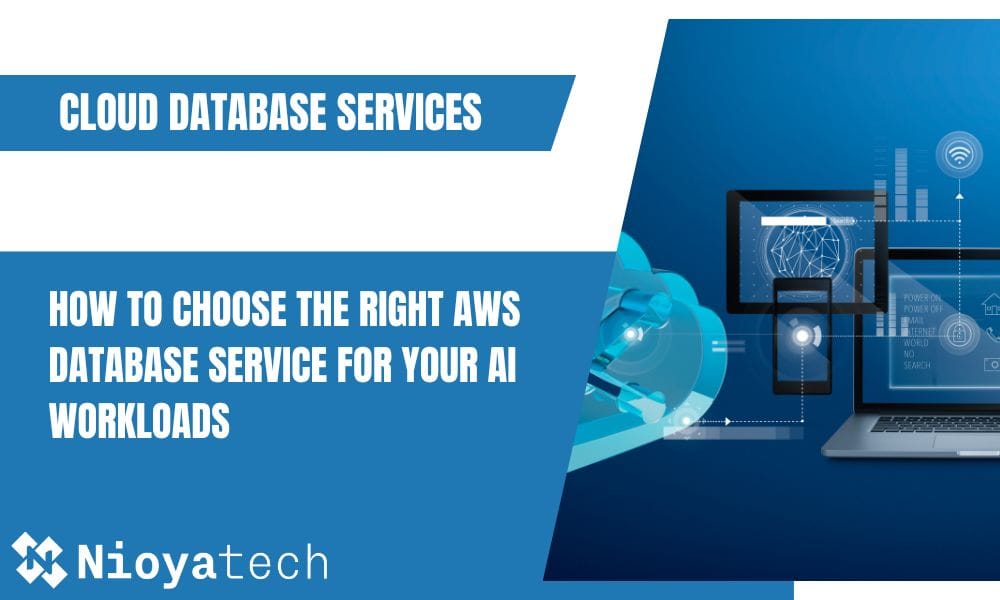There are many web development frameworks in the market to keep a close watch on. Picking the proper framework is a sophisticated and shaky endeavor. If you are a rookie or expert, choose a framework sustained for at least five years for your company and fit your organization’s resources and objectives.
If you are an engineer looking for work, pick an engaging system in the business market, and provide your profile. Frameworks have become a principal piece of web development, as the rules of web applications are consistently rising, so the unpredictability advancement of technology is required.
It’s incredible to sit around for such refined techniques – tolerating that you can rethink all that. The main reason for using structures upheld by a colossal number of creators throughout the planet is a genuinely sensible methodology for building rich and natural web applications. Here we summed up the ten best web development frameworks for you.
Why Do We Need Web Development Frameworks
Web development frameworks provide pre-built components, libraries, and tools that help to speed up the development process. They serve as a basis for developers to build on, avoiding the need to write everything from start. As a consequence, development is accelerated and productivity is boosted.
Web development frameworks enable developers to quickly set up the fundamental structure of a web application by using templates and boilerplate code. This expedited development method allows for quicker project completion and time-to-market.
While frameworks offer a structured approach, they also allow developers to alter and enhance components depending on individual project requirements. This blend of structure and flexibility enables developers to effectively create unique solutions.
Web Development Frameworks List
Before starting the list of top web development frameworks, it is important to explain the front-end frameworks and back-end frameworks.
Front-end frameworks focus on building the user interface and managing client-side interactions, while back-end frameworks handle server-side functionalities and data management.
Front-end frameworks, such as React, AngularJS, and Vue.js, abstract the complexities of handling the Document Object Model (DOM) and enable developers to create interactive and dynamic user interfaces with less code. They encourage a modular approach through reusable components, resulting in more manageable and scalable codebases.
Back-end frameworks like Next or Express.js or Django facilitate rapid server-side development by providing a structured foundation for building server logic and APIs. They simplify interactions with databases, data modeling, and server-side rendering, ensuring efficient data management and rendering processes. Furthermore, back-end frameworks often include security features to protect against common vulnerabilities and offer authentication mechanisms to ensure the safety of web applications and data.
When selecting web development frameworks for a project, it’s essential to consider factors such as project complexity, scalability requirements, and the expertise of the development team. Each framework brings its unique strengths to the table, and choosing the right one can significantly impact the overall efficiency and success of the web application development process.
Now we can start our web development frameworks list:
1-React

Recently, JavaScript-based customer-side web development frameworks have been overwhelming web development systems. While React isn’t the main one, it is still the most well-known and tricky among them. Facebook has made React a direct JavaScript library to execute the Web’s view layer in a section-based way and released it in 2013.
Furthermore, it differs from the current JavaScript framework since it supports the single heading data definitive. Within a short period, React has become famous among enterprises and specialists. Today, it is essential to run a Client-side web framework.
React cannot be thought of as a framework; instead, it’s a frontend library, yet many engineers believe it is a framework, and it’s typically thought-about around there. As a result, react was quick to receive the part-based design that Angular and Vue and numerous different frameworks began to embrace later.
React’s virtual dom makes the dom-control a lot quicker, and it’s straightforward to get, essentially on account of its JSX linguistic structure. React could be utilized for both back-end and frontend.
2-Express
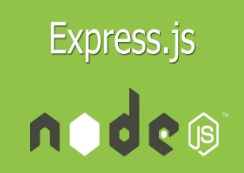
By taking off the acclaim of Node.js, Express is quickly getting potentially the most moving best structure for web development nowadays. It is quite popular among IBM, Accenture, and Uber, and various organizations are feasible with various structures.
Express describes itself as a fast and unopinionated framework. It gives some central framework functionalities without hampering the features of Node and utilizes the good execution of the non concurrent Node.js.
It’s also truly functional and supports applications wholly like REST API. Perhaps the greatest downside of Express is that the route is not a clear strategy for completing the things, at any rate for juveniles. Nevertheless, Express is an outstanding one among the most popular web development frameworks when evaluating the frameworks.
3-Angular
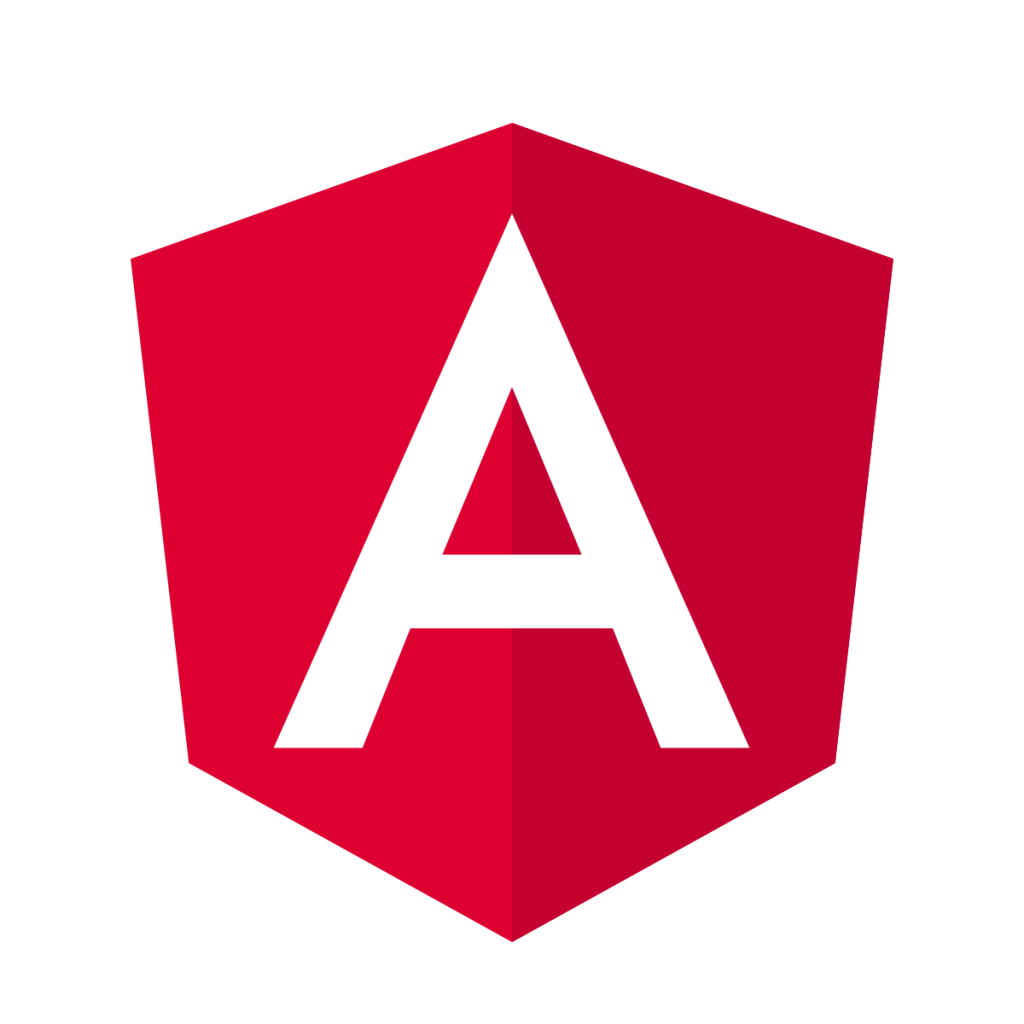
After the mistake of AngularJS (Angular 1+), Google conveyed Angular as a beginning-to-end, Front-end, MVW (Model-View-Whatever) Web system in 2016. Angular is a more standardized Web Framework. It similarly used TypeScript and accepted a basic occupation in pushing TypeScript.
Angular is incredibly consistent and has introduced no essential breaking change over the latest five years. Angular web framework also focuses on constancy and strength over progression and is an ideal structure for huge business application improvement.
4-Vue

Vue.js is the shining star; at the very beginning, it started its journey as an individual undertaking and immediately developed into getting perhaps the most moving JS systems out there. There are many different cool things about Vue. In the first place, it’s a reformist web development framework, which implies that if you have a current task, you can receive Vue for one bit of the venture, and everything would turn out to be great.
When we look at the Second, it additionally brings along the part design to play, and the Vue environment can help you assemble total frontend applications. Although we rank Vue among the top web development frameworks, few groups are still careful about using Vue because there is a big problem with Google and Facebook. They, unfortunately, do not support it. However, this issue is rapidly changing as large names are beginning to put resources into and use the framework Vue.
5-Django

In 2005, Adrian Holovaty and Simon Willison published a Python-based, Back-end Web development tool in the shade of the MTV designing plan. In the last decade, Python’s noticeable quality extended fundamentally, which affected the high gathering of Django.
Other than that, Django offers various superb features and is correct now one of the standards of Back-end Web development frameworks. Django parades its batteries-included segment, which has plenty of features, for instance, approval and education that Django has. It follows the Convention Over Configuration plan and the DRY model as well.
Security in Django is essential. Django gives methodologies and contraptions to designers to amass a protected site or realize the security features in the actual system, for example, hindering code execution in the format layer.
6-Rails
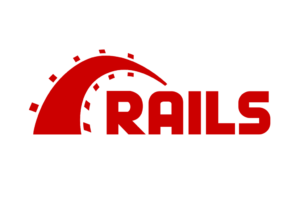
Rails is a Model-View-Controller structure that uses Ruby, and it’s a standard system that various specialists esteem. In addition, there are big companies that use this framework, like Airbnb and Shopify.
Rails are viewed as an understudy welcoming system, and the true potential gains and drawbacks are discussed, helping learners start with web improvement quickly.
There are different important precious stones for rails, which are library-like conditions. It extends your app’s versatility and helps you develop a lot speedier and even more viably. The Rails social class is differently strong. Many informative activities and resources can be used, and it helps you become a rails expert surprisingly fast.
7-Spring

Spring is MVC (Model-View-Controller) framework that uses Java. Sites like Wix and Ticketmaster are using this framework. Spring has various similar projects that help its presentation and quickly customize the business you have. It uses web development frameworks Java, a particular language, is a limit star to many website specialists. Spring is a frequently used web development framework as well.
8-ASP.Net Core
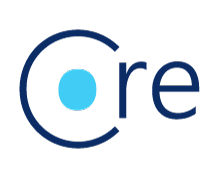
Lately, Microsoft has been modernizing its Tech Stack with an innovative, current, progress plan to fulfill present-day Software Development needs. First, Microsoft patches up its one of the Flagship Software Development Tech Stack ASP.NET, which was significantly successful in the Microsoft space in making Web Apps.
In 2016, Microsoft conveyed the substitution of ASP.NET as ASP.NET Core and all-out adjusted its open-source paradigm. As a result, a specific Web framework can run on various stages and works reliably with current JavaScript Front-end structures.
9-Ember
Ember was named the best JavaScript framework in 2005, and although it is very fresh, we can still say that Ember is among the best web development frameworks. Today, the Ember social class is huge, and it’s reliably reaching out, with new features, and conveyances added regularly.
Ember has two-way data limiting those Angular brags, and it comes with a huge load of features and parts that you can use out of the box. Various companies routinely use this framework, like Google, Microsoft, and Netflix. Coal pivots around the specialist’s productivity and attempts to extend it by either discarding the necessity for time-wasting activities or accepting some JS best practices in its middle arrangement.
10-Backbone

Backbone is a very soft frontend framework compatible with building rich Single-Page apps. It follows MVC design patterns and somewhat carries out the MVC plan. Backbone just has one central reliance, which is called the Underscore library. It has a dynamic environment that permits you to construct total frontend applications when added to Mustache and Marionette.
Conclusion
We hope that you utilized the list that we compiled. Here are the ten best web development frameworks shared. Do not hesitate to start one of them today. Keep that these all are similar to each other, not a different World in your mind.
When it comes to leveraging the full potential of web development frameworks, our Custom Software Development services make a real difference. Get in touch with us right away to learn more about our Software as a Service (SaaS) and Software Development for start-ups services and how they can help propel your company toward digital success.

